Nvidia has just launched a new weather forecasting AI model, which is claimed to be capable of extremely fast forecasting and more accurate risk estimation of extreme weather events. Accordingly, the AI model FourCastNet 3 is capable of forecasting the entire global climate for 15 days in just 64 seconds.
Based on a transformer architecture (similar to ChatGPT), FourCastNet 3 learns from decades of meteorological data to accurately reproduce airflow, temperature, and precipitation. The AI is designed to respect the spherical shape of the Earth and accurately simulate the spatially correlated probability of the problem, thereby achieving stable spectra and reproducing realistic dynamics at multiple scales.
"AI is completely changing the way we estimate the state of the atmosphere, how we generate forecasts from that state, how we push the limits of physics to make better forecasts, and how we build climate simulations that we never thought possible before," said Mike Pritchard, head of climate simulation at Nvidia.

FourCastNet predicts the hottest day in Africa. (Source: Nvidia)
Similarly, Microsoft Corporation (USA) developed an artificial intelligence (AI) forecasting system called “Aurora”, which is said to outperform traditional forecasting methods in terms of accuracy, speed and cost, and is especially effective in monitoring air quality, weather patterns and tropical storms.
Aurora is trained on over a million hours of data from satellites, radar, weather stations, climate simulations, and forecasts. The model can also be fine-tuned with additional data to predict specific weather events.
Remarkably, Aurora correctly predicted all the storms that occurred in 2023. Among them was Super Typhoon Doksuri, the costliest storm ever recorded in the Pacific Ocean . Aurora pinpointed the exact location and time of Doksuri’s landfall in the Philippines four days in advance, while official forecasts at the time had the storm heading north of Taiwan.
Not only that, this AI model also surpassed the European Center for Medium-Range Weather Forecasts (ECMWF) - considered the global standard for accuracy in 92% of global 10-day forecasts, with a resolution of about 10 km².

Microsoft's AI model predicts weather 5,000 times faster than supercomputers (Illustration photo)
Currently, weather forecasts are typically made by feeding data into complex physical models that require hours of processing on supercomputers. In contrast, Aardvark Weather takes a completely new approach: its machine learning system directly analyzes raw data from satellites, weather stations, ships, and weather balloons to generate forecasts without the need for complex atmospheric models, requiring only simple hardware.
Aardvark Weather has demonstrated many advantages: It uses only 8% of the observational data compared to traditional systems, surpasses the performance of the US Global Forecast System (GFS), produces results comparable to US Weather Bureau forecasts, and completes forecasts in minutes on a typical desktop computer. However, Aardvark Weather's spatial resolution is currently lower than current systems.
One of the most important applications of Aardvark Weather is its ability to support forecasting centers in developing countries and regions that lack the resources to refine global forecasts into high-resolution regional forecasts.

Aardvark forecasts global weather on personal computers in just minutes. (Photo: University of Cambridge)
Forecasting small-scale weather events, such as a powerful hurricane approaching a city, currently requires traditional, specialized forecast models.
However, some AI models are starting to be tested in real-world environments. The European Centre for Medium-Range Weather Forecasts (ECMWF), which provides meteorological forecasts for dozens of countries, is using Aurora and its own AI model.
In Boston, IBM and the Mass General Brigham Health System are testing an AI tool to predict which areas are vulnerable to heat stress during heat waves, based on population data, environmental sensors, and hospital records. This solution is especially useful for the elderly, low-income communities, or those living in areas lacking greenery.
At the national level, the US Congress is exploring the possibility of integrating AI into flood and storm warning systems, especially after a series of devastating natural disasters in Texas and New Mexico. Startups such as Tomorrow.io and Silurian have demonstrated the ability of AI to predict natural disasters 48–72 hours in advance, creating a major advantage in disaster prevention.
However, experts warn that AI should not completely replace physical models, but should be combined to complement each other in the weather forecasting process.
Source: https://vtcnews.vn/ai-va-cuoc-cach-mang-ve-du-bao-thoi-tiet-ar955276.html


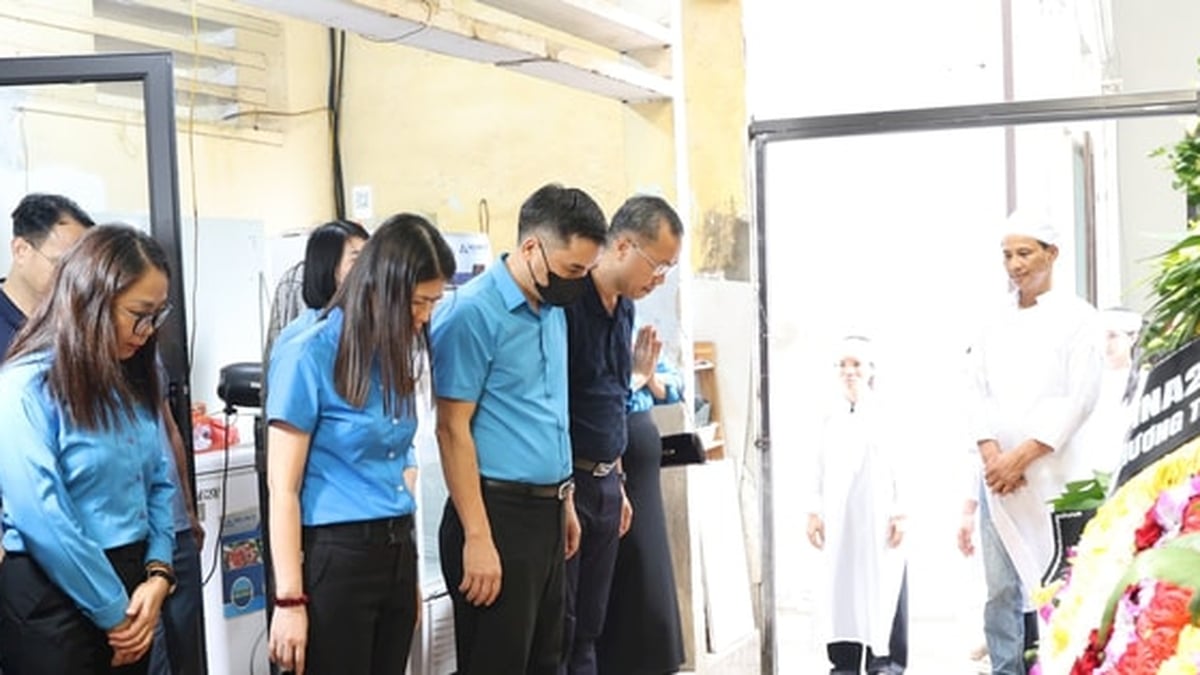

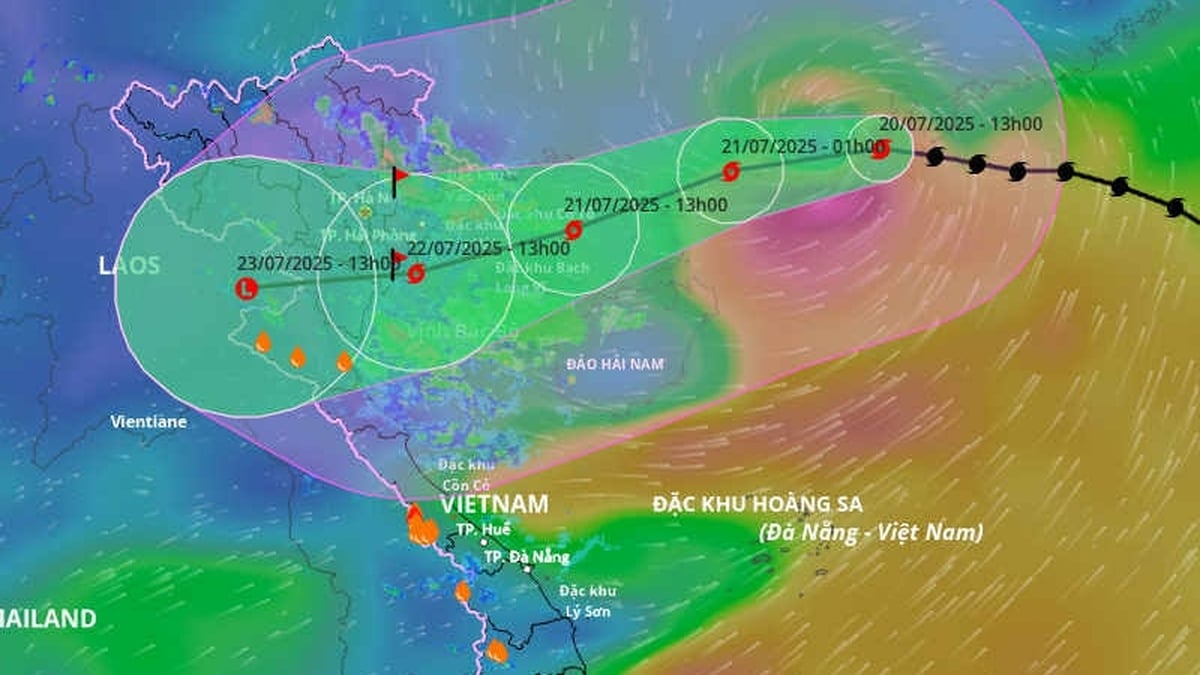



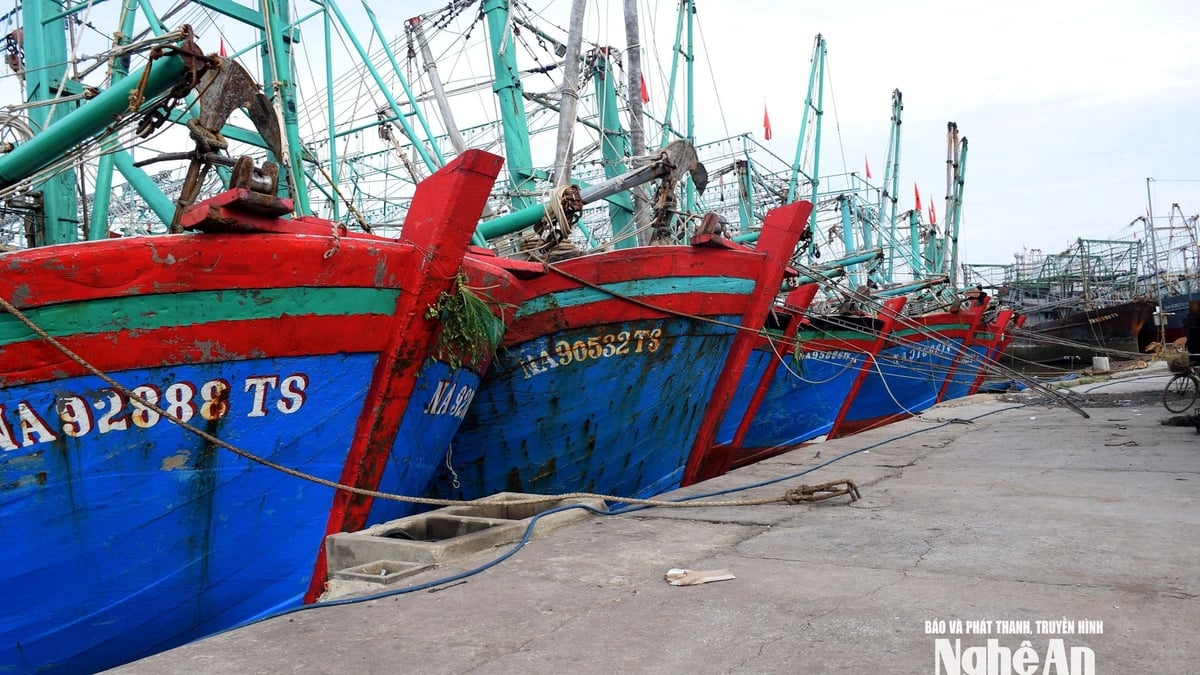

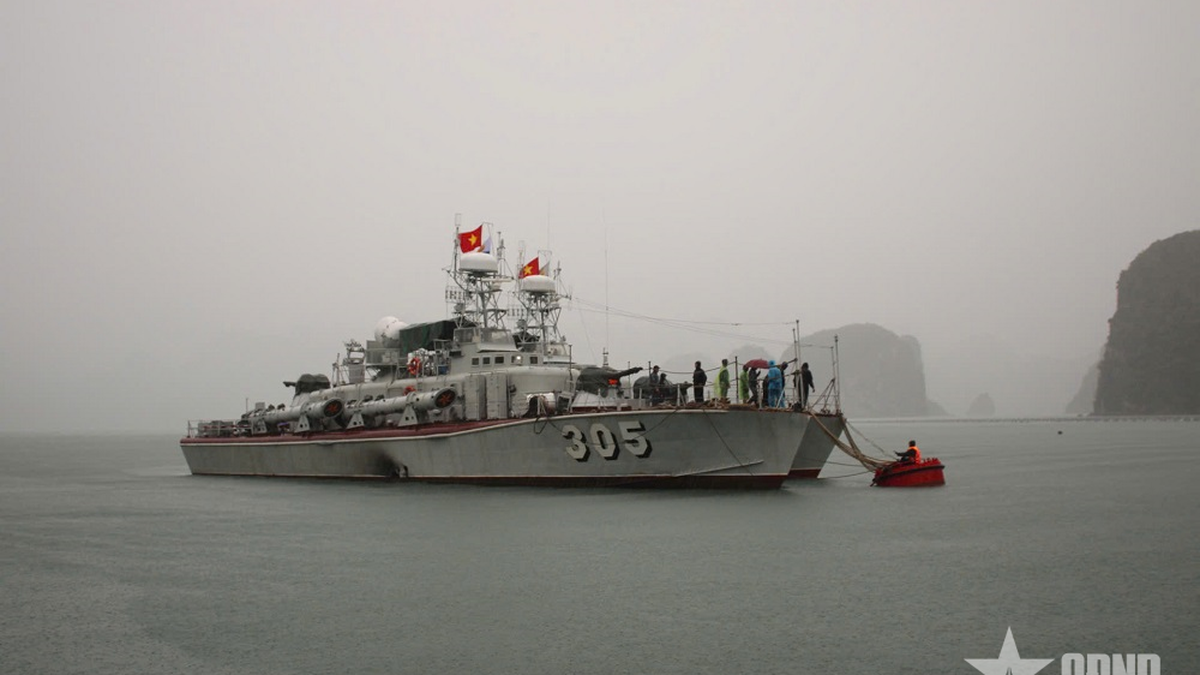
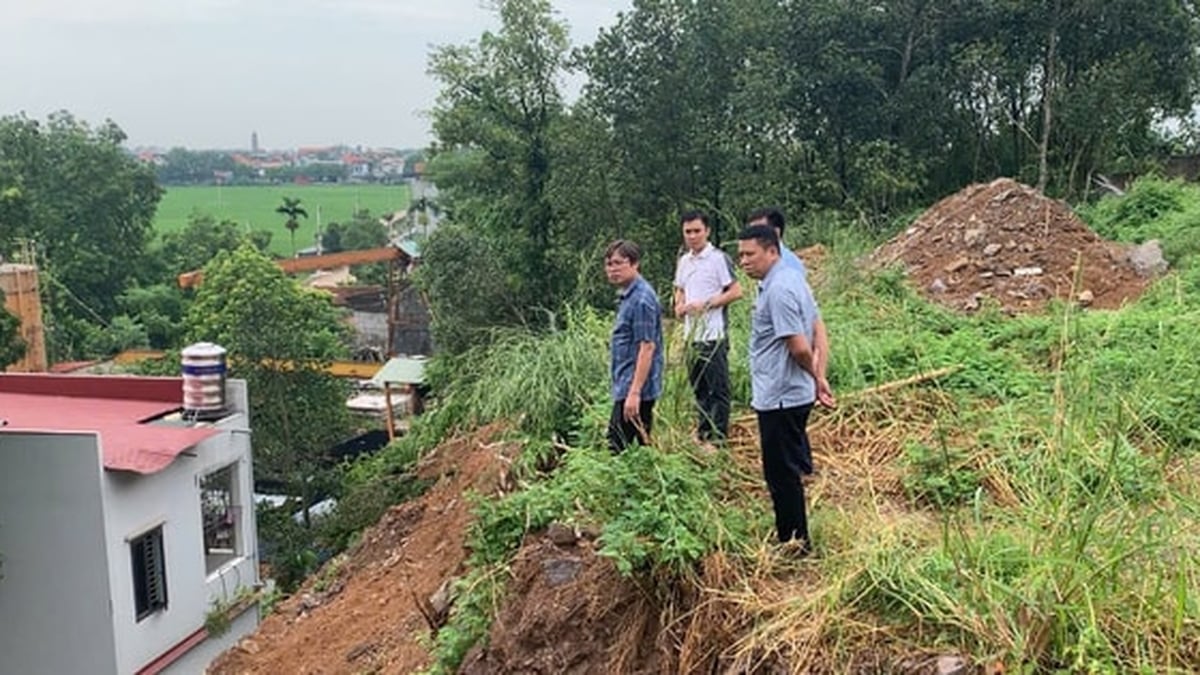











![[Photo] National Assembly Chairman Tran Thanh Man visits Vietnamese Heroic Mother Ta Thi Tran](https://vphoto.vietnam.vn/thumb/1200x675/vietnam/resource/IMAGE/2025/7/20/765c0bd057dd44ad83ab89fe0255b783)










































































Comment (0)